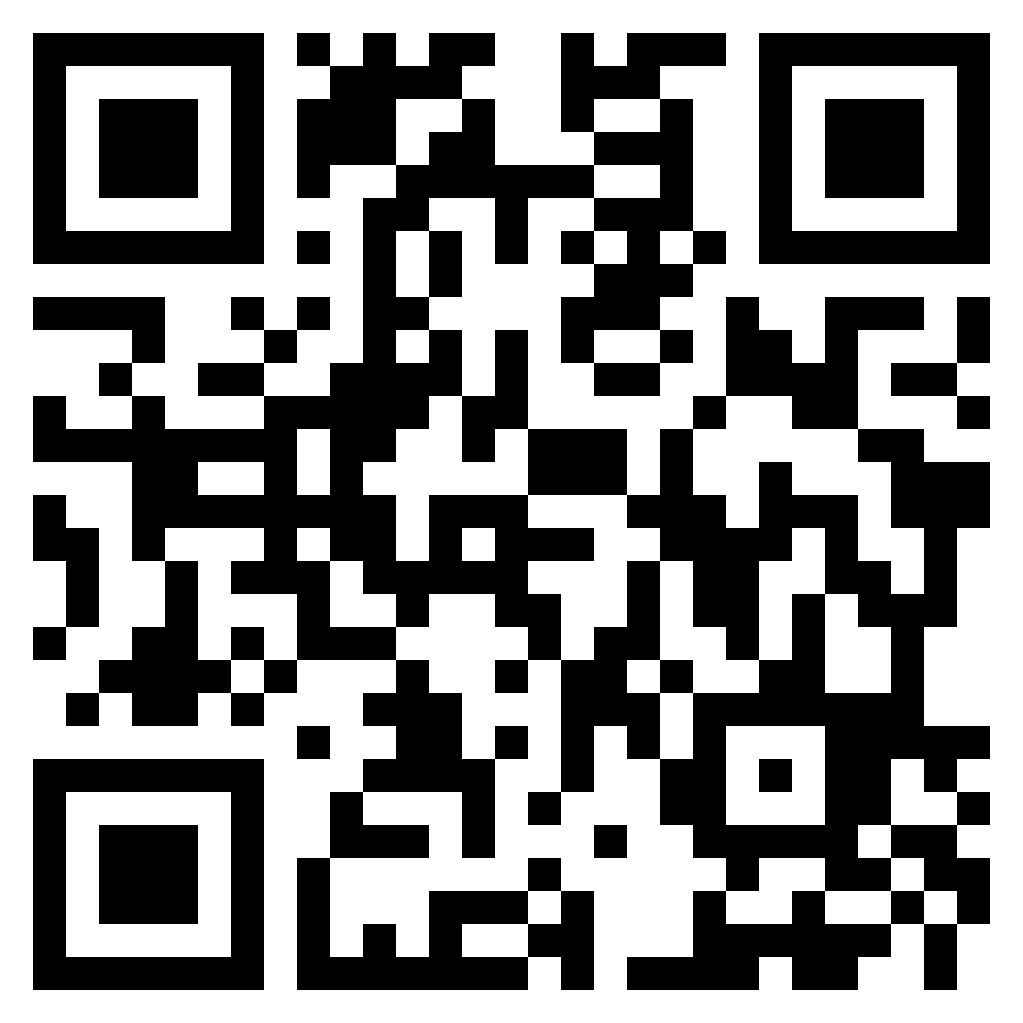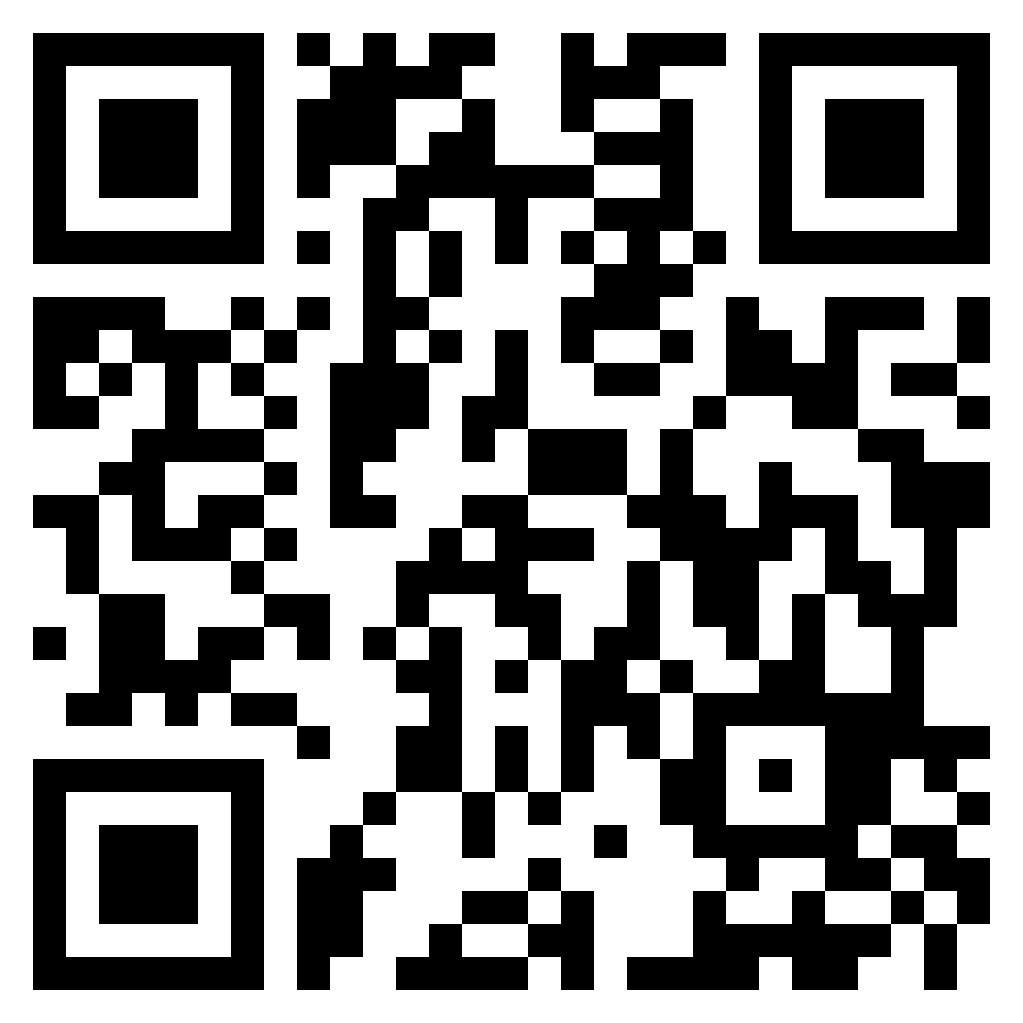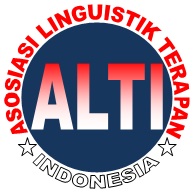99 Cent's Aesthetics of Photography in PrePraxis, Discourse, and Post Praxis
DOI:
https://doi.org/10.46961/mediasi.v4i2.692Keywords:
Aesthetics, Photography, 99 CentAbstract
Andreas Gursky's 99 Cent photography has a depth of meaning, unlike other photography works in general. The purpose of this study is to explore the aesthetic value of 99 Cent's photographic works in the context of pre-praxis, discourse, and post-discourse. The research method used is descriptive qualitative. The results of the discussion show that in the context of pre praxis the work is interpreted in theoretical terms. In the context of discourse, works are then assessed and interpreted according to the observer's capacity. In the post-praxis context, works change in nature, which was originally just a work of art, to become an asset or commodity in various media. The conclusion is that technological advances can change the value and form of works of art into various functions and purposes that are commercial or non-commercial
References
Bate, David. (2009). Photography: The Key Concepts. Oxford: Oxford International Publisher Ltd.
Barrett, Terry. (2011). Critisizing Photograph. McGraw-Hill Education.
Bull, Stephen. (2010). Photography. Oxon: Routledge.
Djelatik, A.A.M., (1999). Estetika Sebuah Pengantar. Yogyakarta: Masyarakat Seni Pertunjukan Indonesia.
Freeman, Michael. (2007). The Photographer's Eye: Composition and Design for Better Digital Photographs. Ilex.
Freeman, Michael. (2007). The Photographers Eye. Focal Press.
Kriyantono, R. (2014). Riset Komunikasi. Jakarta: Kencana
Marien, Mary Warner, (2014). Photography: A Culturel History 4th ed. London: Laurence King Publishing, Ltd.
Prakel, David. ( 2010). The Visual Dictionary of Photography. London: AVA Publishing.Soedjono,
Soeprapto. (2007). Pot-Pourri Fotografi. Jakarta: Universitas Trisakti,
Sugiarto, Atok. (2014), Color Vision. Jakarta: Kompas Media Nusantara.
Sontag, Susan. (1977). On Photography. Rosetta Books.
Downloads
Published
How to Cite
Issue
Section
Citation Check
License
You are free to:
- Share — copy and redistribute the material in any medium or format
- Adapt — remix, transform, and build upon the material
- The licensor cannot revoke these freedoms as long as you follow the license terms.
Under the following terms: Attribution; NonCommercial; and no additional restrictions.















